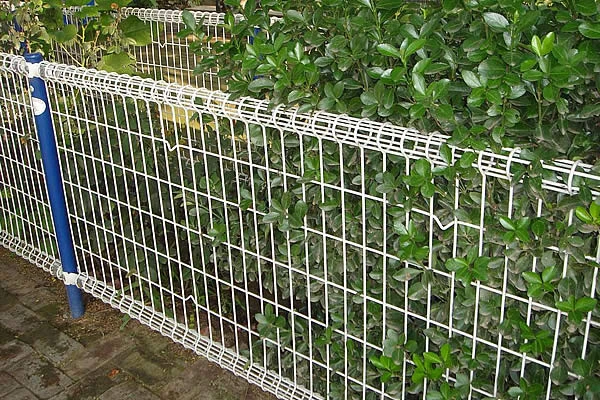 TEL:
+86-13102802206
TEL:
+86-13102802206
 Email:
fencenetting@china.com
Email:
fencenetting@china.com
 Language
Language
 TEL:
+86-13102802206
TEL:
+86-13102802206
 Email:
fencenetting@china.com
Email:
fencenetting@china.com
 Language
Language


The Cost of Temporary Fencing An Overview
Temporary fencing plays a crucial role in various industries, including construction, events, and security. Whether it’s securing a construction site, creating a barrier for a festival, or providing safety at a sporting event, temporary fencing is an essential feature. However, understanding the cost of temporary fencing is vital for effective budgeting and project management.
Factors Influencing Temporary Fencing Costs
1. Type of Fencing Temporary fencing comes in different types, including chain-link, welded wire, and polyethylene mesh. Chain-link fencing is often the most durable but can be more expensive. In contrast, mesh fencing tends to be less expensive but may not provide the same level of security.
2. Height and Specifications The height of the fence also affects the cost. Standard heights range from 4 to 6 feet, but taller options are available for increased security, which can lead to higher costs. Additional specifications, such as barbed wire or privacy slats, can also increase expenses.
3. Rental vs. Purchase Many businesses opt to rent temporary fencing instead of purchasing it. Rental prices can vary significantly based on the duration of the rental period, the amount of fencing required, and the provider. Typically, renting is more cost-effective for short-term needs, while purchasing may be better for long-term projects.

4. Installation and Removal Costs Beyond the basic rental or purchase price, you should consider additional costs associated with the installation and removal of the fencing. Some companies include these services in their rental fees, while others may charge separately. Labor costs can vary based on local rates, adding to the overall expense.
5. Location The geographical location of your project can also impact costs. In urban areas, for instance, prices may be higher due to increased demand and logistical challenges. Additionally, transportation fees may apply if the fencing needs to be transported to a remote location.
Average Costs
While temporary fencing costs can vary widely, a general estimate for renting chain-link fencing is between $1 and $3 per linear foot per month. For a construction site requiring 100 feet of fencing, this could mean a budget of around $100 to $300. However, if you choose a higher-quality material or need additional features, costs can rise significantly.
Conclusion
In conclusion, the cost of temporary fencing is influenced by various factors, including the type of fencing, height, rental versus purchase decisions, installation and removal fees, and location. Understanding these elements will help businesses and individuals budget appropriately for their fencing needs, ensuring that they secure their sites effectively without overspending. As with any service, it is wise to shop around, compare quotes, and choose a reputable provider to achieve the best balance of cost and quality.